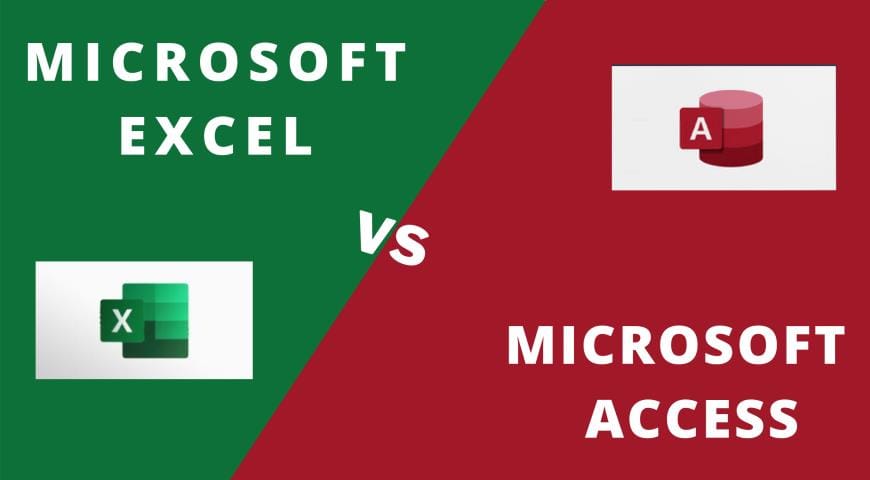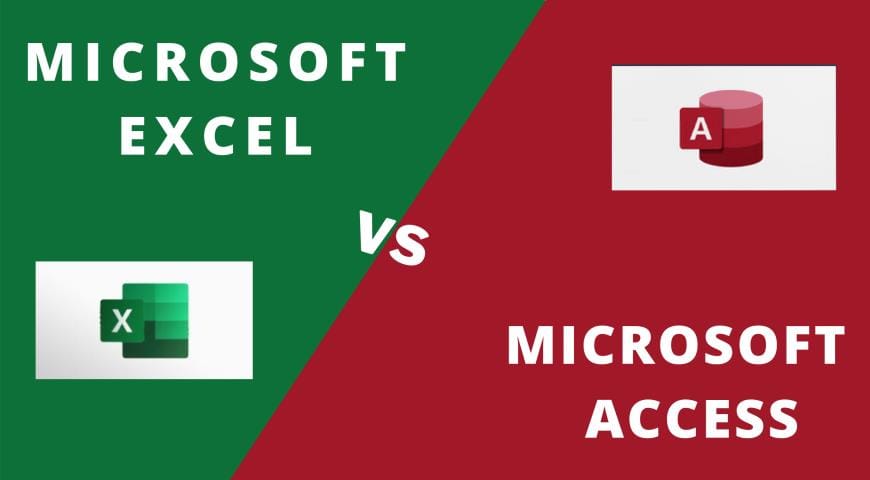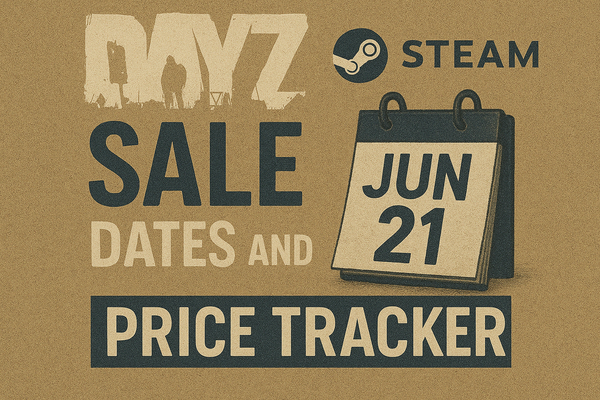Access vs. Excel: 15 Key Differences You Need to Know

Access and Excel are two of the most powerful and widely used tools within the Microsoft Office suite. However, many users often confuse them or assume they serve the same purpose. While both Access and Excel are designed to manage data, they do so in different ways and serve distinct roles. In this article, we will dive into the comparison of Access vs. Excel, helping you determine which is better suited for your needs.

What Is Microsoft Access?
Microsoft Access is a database management system (DBMS) that enables multiple users to interact with data simultaneously. It combines the relational Access Database Engine with an intuitive graphical user interface (GUI). Access allows you to store, organize, and manipulate large amounts of data in a relational database.
One of the key features of Access is its ability to create relationships between tables, ensuring data consistency. If you update a record in one table, related data in other tables will also be updated. This structure is incredibly useful when managing vast datasets with interconnected information.
Key Features of Access:
- Multiple Table Relationships: Organize data efficiently across various tables.
- Simultaneous User Access: Enables collaborative data entry and editing.
- Data Integrity: Prevents errors by allowing only valid entries (e.g., preventing text input in a numeric field).
- Large Data Storage: Manage larger datasets without performance loss.
Despite its advantages, Access has a steep learning curve, especially for users unfamiliar with database management. Creating and managing complex databases in Access requires a solid understanding of relational data models and SQL queries.
What Is Microsoft Excel?
Microsoft Excel is the quintessential spreadsheet application, offering a versatile range of features for data analysis, calculation, and presentation. It is widely used for everything from managing personal budgets to performing advanced financial modeling.
Excel stands out due to its user-friendly interface, which allows even beginners to perform complex calculations using formulas. Its charting and graphing capabilities make it the go-to tool for data visualization.
Key Features of Excel:
- Data Analysis: Perform complex calculations and analyze data using functions and formulas.
- Charts & Graphs: Visualize data using various chart types.
- Pivot Tables: Summarize large datasets with ease.
- Macros: Automate repetitive tasks with simple or complex macros.
Excel’s intuitive interface and straightforward learning process make it an excellent choice for users who need to manage or analyze data on a smaller scale. However, as datasets grow, the flat-file structure of Excel can become limiting.
When Should You Use Access?
If your primary need involves data management and you require a system that can handle complex, interrelated data, Microsoft Access is your best option. Here are a few situations when Access is the better choice:
- Data Structuring: Need to create and manage structured databases.
- Relational Data: Data is spread across multiple tables, and relationships between them are important.
- Large Datasets: Need to store and access a large volume of data.
Access excels when it comes to structuring data across different tables and linking that data for consistency. It's particularly useful in environments where data entry happens simultaneously across multiple users. Additionally, Access allows for automating processes using Visual Basic for Applications (VBA), making it ideal for businesses needing to streamline their database operations.
When Should You Use Excel?
Microsoft Excel is best suited for data analysis and visualization. If your primary tasks involve calculations, reporting, or presenting data, Excel is your go-to tool. Some ideal use cases include:
- Data Analysis: Calculating numbers and using formulas.
- Visualizing Data: Creating graphs and charts for reports and presentations.
- Automating Tasks: Using macros to speed up repetitive tasks.
- Simple Data Management: For smaller datasets where relationships between data aren't needed.
Excel is perfect for financial analysis, project tracking, and any scenario where data visualization plays a key role in communicating information.
Key Differences Between Access and Excel
- Purpose:
Excel is designed for data analysis and manipulation, while Access is a relational database management tool meant for structuring and managing data at a larger scale. - Data Structure:
Access organizes data across tables and relationships, while Excel manages data in flat sheets. - Learning Curve:
Excel is beginner-friendly, while Access requires more technical know-how, especially for advanced database design and queries. - Automation:
Both programs offer automation, but Access uses VBA for more complex processes, while Excel provides macros for simpler tasks. - Data Volume:
Access handles large datasets more efficiently than Excel, which can become slow or cumbersome with massive amounts of data.
Data Visualization in Excel and Access
When it comes to data visualization, Excel takes the lead. Excel makes it simple to create charts, graphs, and pivot tables, all of which can update automatically when the underlying data changes. These features are essential for professionals who need to present data clearly and effectively.
Access, on the other hand, provides limited data visualization tools. While you can create custom forms and reports, its main strength lies in managing relational data.
Data Analysis: Excel vs. Access
Excel is a clear winner when it comes to data analysis. Its vast array of functions and formulas allows you to manipulate data and perform complex calculations. Whether you need to track sales figures or analyze trends over time, Excel provides the flexibility and power you need.
In contrast, Access excels at managing and summarizing large datasets. Its query tools allow you to pull specific information from massive databases, enabling you to perform detailed analyses on large data sets that Excel might struggle with.
Data Security: Which Is More Secure?
Security is another area where Access stands out. With Access, you can control who has access to specific data and what they can do with it. It supports user-level permissions, making it ideal for businesses that need to maintain strict control over sensitive data.
Excel, while offering features like password protection and worksheet locking, does not offer the same level of granular control. Once someone has access to the file, they can usually edit or view all the data within it.
Data Storage Capacity
When it comes to data storage, Access is the clear winner. Designed to store vast amounts of data, Access can handle millions of records without performance issues. Excel, in comparison, is more suited to smaller datasets, as its performance can degrade with large amounts of data.
Price and Accessibility
Both Access and Excel are part of the Microsoft 365 suite. While Excel is included in all versions of Microsoft 365, Access is only available in the higher-tiered plans, such as Microsoft 365 Business or Microsoft 365 Family. However, you can purchase either application separately through third-party sellers like RoyalCDKeys, where you can find affordable licenses.
Final Thoughts: Which One Should You Choose?
The decision between Access and Excel ultimately comes down to your specific needs. If you need to manage large volumes of data and require a relational database, Access is the clear choice. However, if your focus is on data analysis, creating charts and reports, or performing complex calculations, Excel is the better option.
For many businesses, a combination of both tools might be the best solution. You can use Access to store and manage data, while Excel handles analysis and reporting.
If you are new to either program, numerous online resources, such as YouTube tutorials or free courses, can help you get started. Microsoft 365 also offers a 30-day trial version, so you can try both Access and Excel before making a commitment.
Check more tutorials on https://techwithrck.ghost.io/
Source: https://royalcdkeys.com/blogs/news/access-vs-excel-15-relevant-facts-about-both-software





